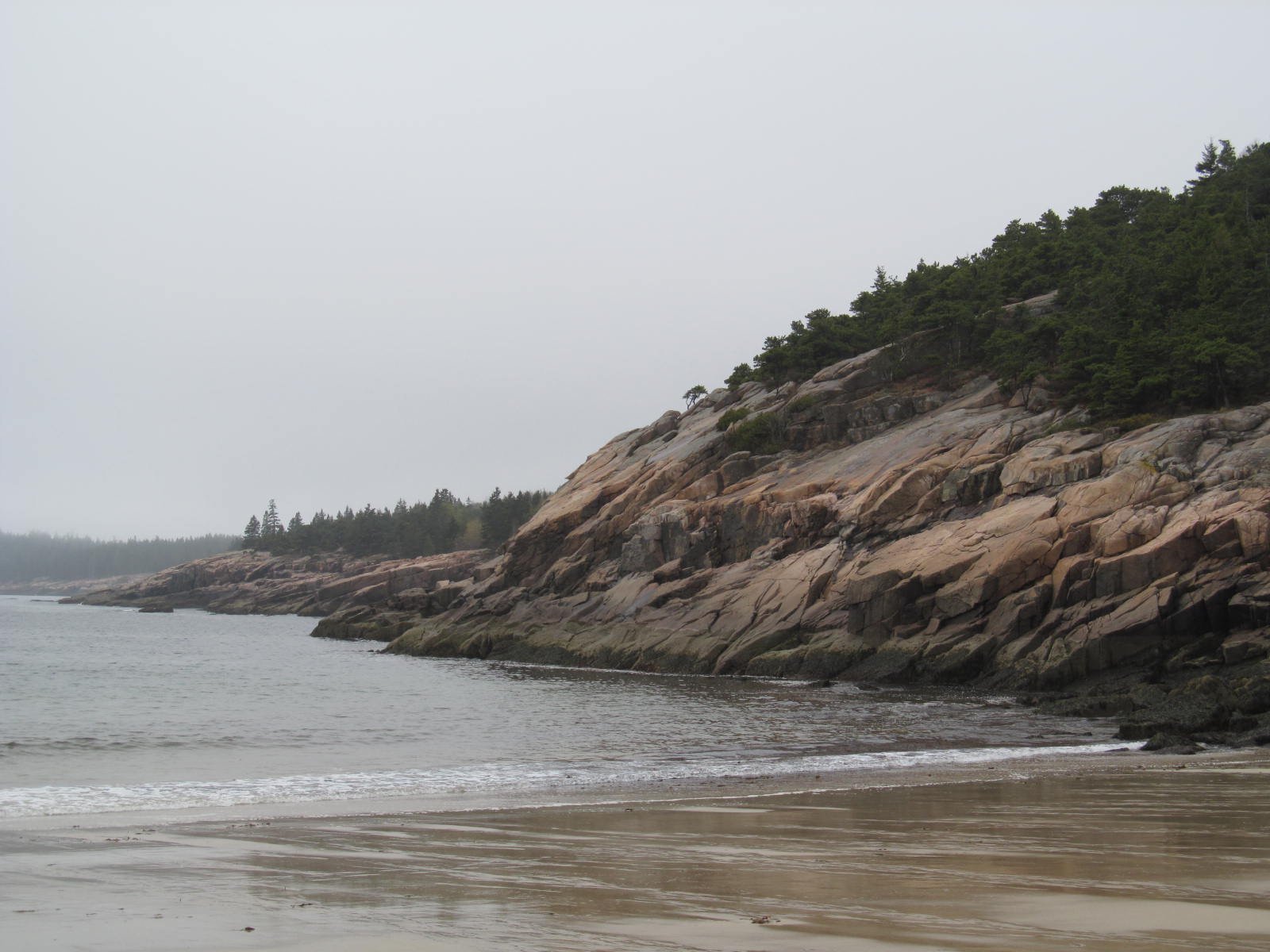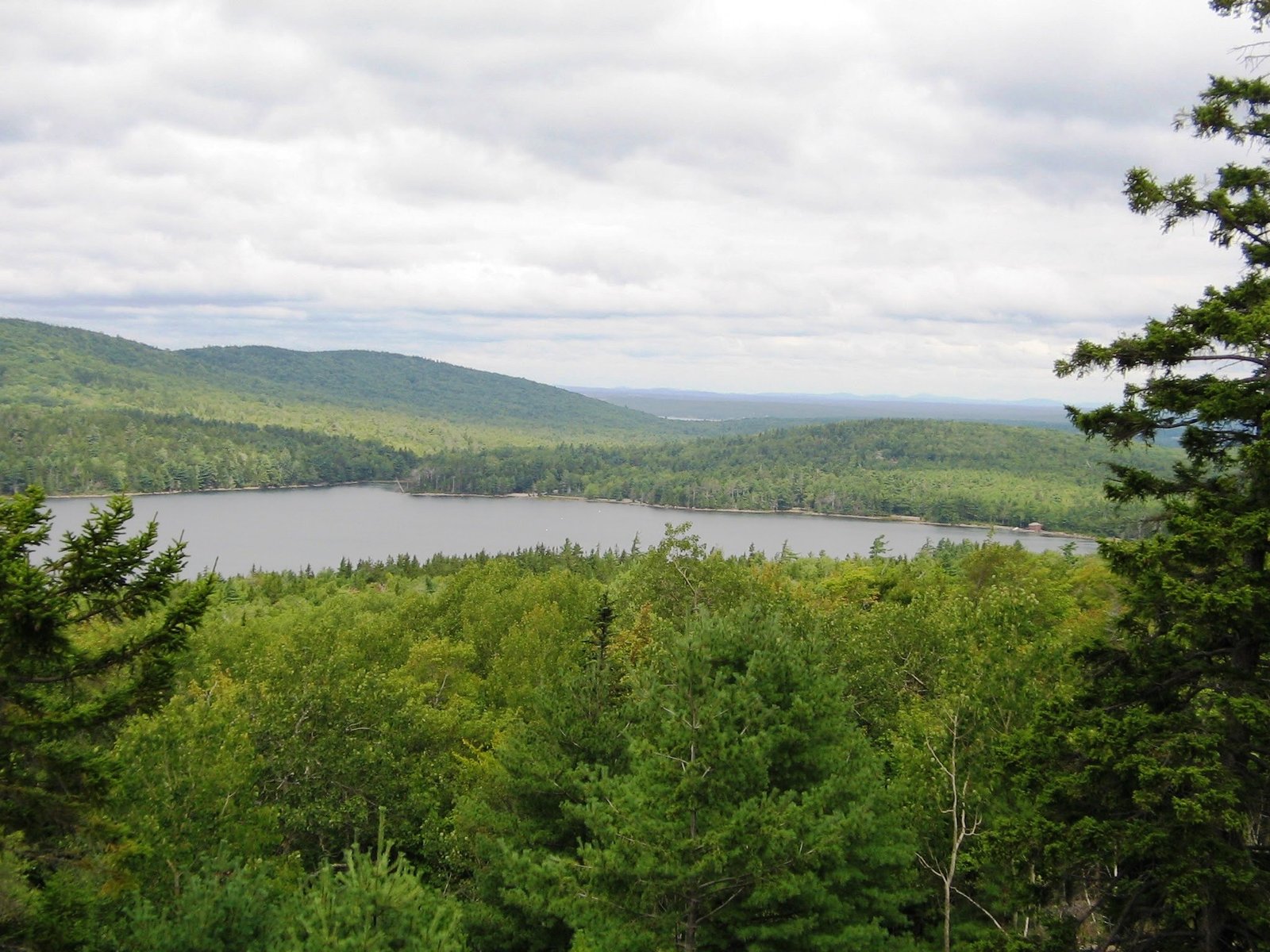Acadia National Park boasts a diverse array of physical features, including rugged granite cliffs, pristine lakes, towering peaks, and a dramatic coastline. The park’s landscape was shaped by glacial activity, resulting in a unique blend of mountains meeting the sea. Notable features include Cadillac Mountain, the highest point on the East Coast, and the thunderous inlet known as Thunder Hole.
What Are the Most Striking Cliffs and Viewpoints in Acadia?

Acadia National Park is renowned for its dramatic cliffs and breathtaking viewpoints. These geological marvels offer visitors stunning vistas of the Atlantic Ocean and the surrounding landscape.
How Tall Are Acadia’s Cliffs and What Are They Made Of?
The cliffs in Acadia National Park are primarily composed of granite and other igneous and metamorphic rocks. While specific heights vary, many of the coastal cliffs rise impressively from sea level to several hundred feet. For example:
- The cliffs near Bass Harbor Head Light can reach heights of over 100 feet
- Otter Cliff, one of the most photographed spots in the park, stands at approximately 110 feet tall
These cliffs were sculpted by the forces of glaciers and the relentless action of the sea, creating their distinctive rugged appearance.
Where Are the Best Viewpoints and How Can Visitors Access Them?
Acadia offers numerous viewpoints that showcase its natural beauty. Here are some of the most notable:
- Cadillac Mountain
- Highest point on the East Coast (1,530 feet)
- Accessible via a paved road or hiking trails
-
Offers 360-degree panoramic views of the park and surrounding islands
-
Bass Harbor Head Light
- Located on the southern tip of Mount Desert Island
- Short walk from the parking area to cliff-side viewpoints
-
Iconic lighthouse perched on granite cliffs
-
Thunder Hole
- Narrow granite inlet where waves create a thunderous sound
- Accessible via a short walk from Park Loop Road
-
Best viewed 2 hours before high tide
-
Otter Cliff
- 110-foot high granite cliff facing the open Atlantic
- Accessible via the Ocean Path trail
- Popular spot for rock climbing and photography
What Are the Major Lakes in Acadia and What Activities Do They Offer?

Acadia National Park is home to several freshwater lakes, each offering unique recreational opportunities and scenic beauty.
What Are the Characteristics of Echo Lake?
Echo Lake is one of the most popular lakes in Acadia, known for its clear waters and surrounding mountain views.
- Location: West side of Mount Desert Island
- Size: Approximately 237 acres
- Depth: Maximum depth of about 66 feet
- Activities:
- Swimming (designated beach area)
- Kayaking and canoeing
- Fishing (trout and salmon)
- Surrounding Features:
- Echo Lake Trail (1.8-mile loop)
- Beech Mountain Trail (nearby challenging hike)
- Amenities: Picnic areas, restrooms, parking lot
What Makes Long Pond a Unique Destination?
Long Pond is another significant lake in Acadia, offering a more secluded experience compared to Echo Lake.
- Location: Central Mount Desert Island
- Size: Approximately 897 acres
- Length: About 4 miles long
- Activities:
- Kayaking and canoeing
- Fishing (landlocked salmon, lake trout)
- Hiking along Long Pond Trail
- Surrounding Features:
- Beech Mountain (offers views of the pond)
- Western Mountain (borders the western shore)
- Amenities: Boat launch areas, limited parking
What Are the Prominent Granite Peaks in Acadia?
Acadia’s landscape is dominated by granite peaks, formed millions of years ago and sculpted by glaciers. These mountains offer challenging hikes and rewarding views.
What Are the Elevations and Geological Compositions of Acadia’s Peaks?
| Peak Name | Elevation (feet) | Composition | Notable Features |
|---|---|---|---|
| Cadillac Mountain | 1,530 | Pink granite | Highest point on East Coast |
| Dorr Mountain | 1,270 | Granite | Second highest peak in park |
| Pemetic Mountain | 1,248 | Granite | Offers views of Jordan Pond |
| Sargent Mountain | 1,373 | Granite | Highest freshwater spring in park |
| Beech Mountain | 839 | Granite | Fire tower at summit |
What Are the Most Popular Hiking Routes and Their Challenges?
- Cadillac Mountain South Ridge Trail
- Length: 7.1 miles round trip
- Difficulty: Moderate to strenuous
-
Challenges: Long ascent, exposed granite sections
-
Beehive Trail
- Length: 1.4 miles round trip
- Difficulty: Strenuous
-
Challenges: Iron rungs, steep drop-offs, not for those with fear of heights
-
Jordan Pond Path
- Length: 3.3 miles loop
- Difficulty: Easy to moderate
-
Challenges: Some rocky and uneven terrain
-
Precipice Trail
- Length: 2.5 miles round trip
- Difficulty: Extremely strenuous
- Challenges: Very steep, iron rungs and ladders, significant exposure
How Diverse Are Acadia’s Coastal Landscapes?
Acadia’s coastline is a testament to the power of geological forces, featuring a variety of formations that attract visitors year-round.
What Are the Specific Coastal Formations and Where Can They Be Found?
- Rocky Shores
- Location: Prevalent along most of the park’s coastline
-
Features: Granite boulders, tide pools, wave-cut platforms
-
Sandy Beaches
- Sand Beach: Only significant sand beach in the park
- Location: Eastern side of Mount Desert Island
-
Size: About 290 yards long
-
Cobblestone Beaches
- Little Hunters Beach: Hidden gem with smooth, rounded stones
-
Location: Off Park Loop Road
-
Sea Caves
- Anemone Cave: Accessible at low tide
-
Location: Near Sand Beach (currently closed to protect fragile ecosystem)
-
Fjard-like Inlets
- Somes Sound: Often called the only fjord on the East Coast (technically a fjard)
- Location: Cuts into the center of Mount Desert Island
How Accessible Are These Coastal Areas and What Unique Events Do They Offer?
- Park Loop Road: 27-mile scenic drive with numerous pullouts and parking areas for coastal access
- Schoodic Peninsula: Less crowded area with a 6-mile one-way loop road offering coastal views
- Isle au Haut: Remote island accessible by ferry, offering secluded coastal hiking
Unique Coastal Events:
– Sunrise viewing from Cadillac Mountain (first place to see sunrise in U.S. from October to March)
– Thunder Hole’s impressive wave action (best 2 hours before high tide)
– Tidal pool exploration during low tide at various rocky shore locations
Acadia National Park’s notable physical features offer a diverse range of experiences for visitors, from challenging mountain hikes to serene lake activities and dramatic coastal explorations. The park’s unique geology and geography make it a standout destination on the East Coast, providing endless opportunities for adventure and natural wonder.
References:
1. National Park Service – Acadia
2. Acadia National Park Hiking Guide
3. Geology of Acadia National Park
